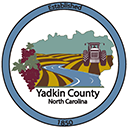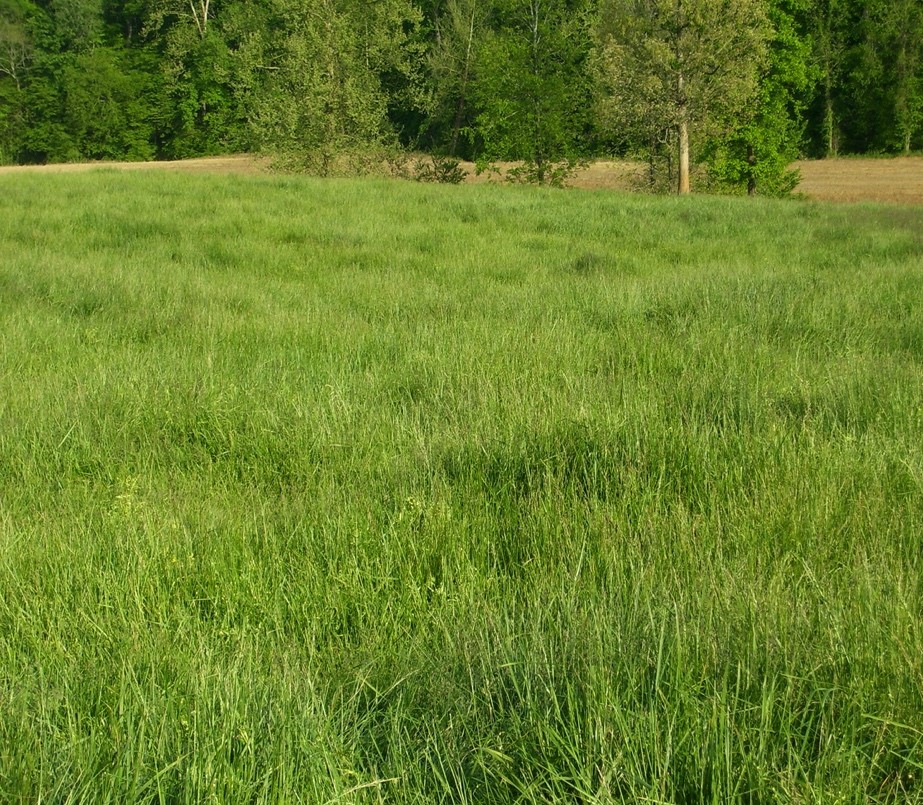Pasture and Hay Land Projects
go.ncsu.edu/readext?798258
en Español / em Português
El inglés es el idioma de control de esta página. En la medida en que haya algún conflicto entre la traducción al inglés y la traducción, el inglés prevalece.
Al hacer clic en el enlace de traducción se activa un servicio de traducción gratuito para convertir la página al español. Al igual que con cualquier traducción por Internet, la conversión no es sensible al contexto y puede que no traduzca el texto en su significado original. NC State Extension no garantiza la exactitud del texto traducido. Por favor, tenga en cuenta que algunas aplicaciones y/o servicios pueden no funcionar como se espera cuando se traducen.
Português
Inglês é o idioma de controle desta página. Na medida que haja algum conflito entre o texto original em Inglês e a tradução, o Inglês prevalece.
Ao clicar no link de tradução, um serviço gratuito de tradução será ativado para converter a página para o Português. Como em qualquer tradução pela internet, a conversão não é sensivel ao contexto e pode não ocorrer a tradução para o significado orginal. O serviço de Extensão da Carolina do Norte (NC State Extension) não garante a exatidão do texto traduzido. Por favor, observe que algumas funções ou serviços podem não funcionar como esperado após a tradução.
English
English is the controlling language of this page. To the extent there is any conflict between the English text and the translation, English controls.
Clicking on the translation link activates a free translation service to convert the page to Spanish. As with any Internet translation, the conversion is not context-sensitive and may not translate the text to its original meaning. NC State Extension does not guarantee the accuracy of the translated text. Please note that some applications and/or services may not function as expected when translated.
Collapse ▲It’s Finally Spring and area grasslands are about ready to provide some growth for grazing or hay production. Most livestock producers are starting to see the end of feeding hay. Now is a good time to accomplish a few simple practices that could have a major impact on the profitability of your operation.
If you have not fertilized your cool-season grass yet, look at getting it done very soon. Late fertilizations can enhance weeds or warm-season forages. Soil testing tells you what nutrients are needed, helping reduce over-application of fertilizer, while increasing yields. If you do not have a current soil test, plan on taking a soil test to prepare for the future. Maintaining the soil pH in the desired range helps ensure more efficient utilization of nutrients. Liming (when needed) is one of the most cost-effective practices you can do.
Proper grazing and harvesting management (leave a 3-4” stubble), along with a good weed control program strengthens the forage stand, increasing the effectiveness of fertilizer applications. Proper timing of fertilizer applications improves forage growth and reduces weeds. Utilizing several or even just one of these management practices will increase the effectiveness of your fertilizer application.
Now is the time to control buttercup, thistle, and other cool-season broadleaf weeds. Weeds are easier to control if you utilize the recommended control measures at the proper time. Now through mid-April is a good time to spray these weeds. After three days of temperatures in the 60s, you can apply a variety of herbicides to control buttercups and numerous other weeds. There are herbicides with residual action to keep new weeds from germinating. They have lots of advantages but carry stipulations you need to take into account. When utilizing any herbicide, please READ and FOLLOW LABEL DIRECTIONS. Be aware that seedling grasses, as well as clovers, can suffer damage from herbicides. Contact the Extension Center for recommendations, weed identifications, or questions.
Sound management will help keep a strong stand of grass that will work for many years to come. With a few management practices, pastures and hay land can be very productive, providing abundant nutritious forages to our livestock. Isn’t that what we all want?
As seen in 2021 Spring Home and Garden issue of The Yadkin Ripple





